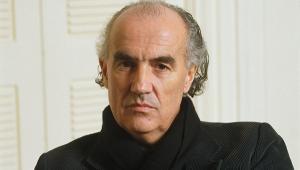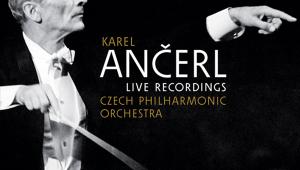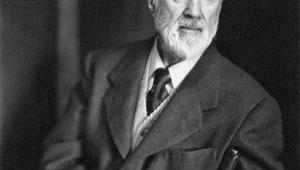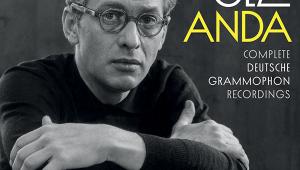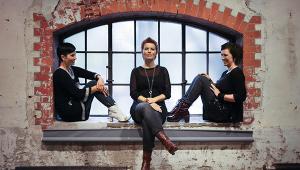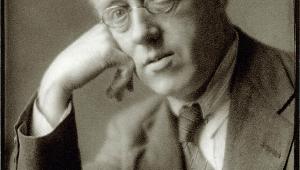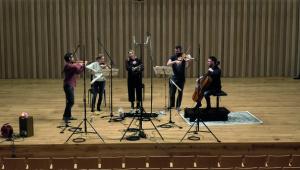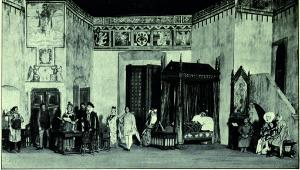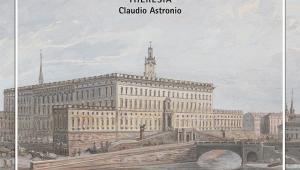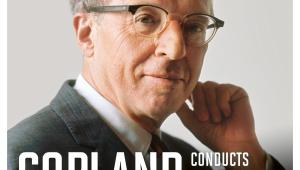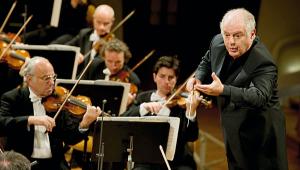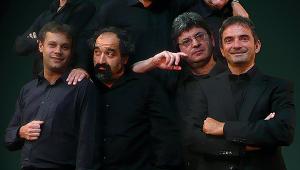Hans Abrahamsen 70th birthday celebration
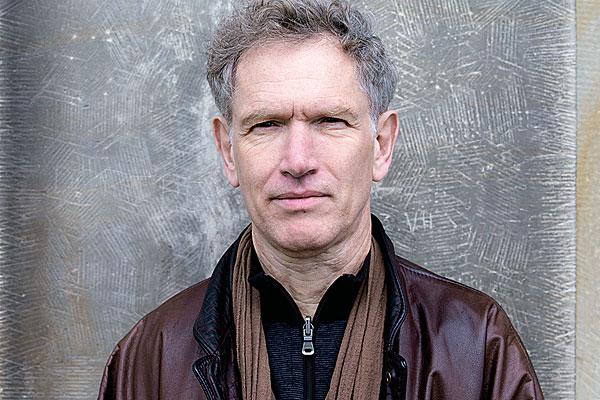
What does snow do? Snow dazzles, conceals, melts. Snow is as much defined by the paths and pitfalls you can't see beneath as its surface crunch and glitter. So it is with Schnee, the composed 'Snow' chamber-cycle of Hans Abrahamsen. A dry summary would enumerate five pairs of canons divided by three intermezzi of open fifths, scored for nine instruments, but Schnee is much more slippery than that.
Through study with two foundational figures of new (postwar) Danish music, Per Nørgård and Pelle Gudmundsen-Holmgreen, Abrahamsen became associated with a misleadingly named movement of 'new simplicity'.
Prime Time
Abrahamsen's oeuvre is compact, fastidiously compiled. So are the notes, even since he broke a self-imposed eight-year hiatus in composition during the 1990s by resuming work on a series of piano studies. These solo pieces duly flowed into a concerto begun at the turn of the millennium for his wife, the pianist Anne Marie Abildskov. Schnee came soon afterwards, its haiku-like ideas born from the quietly satisfying work of arranging Bach canons: 'Looking at them in this way opened up a new, animated world of time in circulation'.
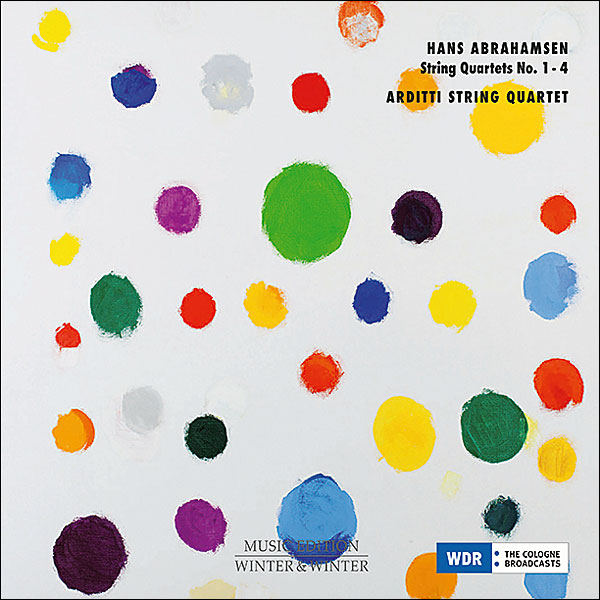
The canons in Schnee are regulated but not confined by contrapuntal rules of engagement, and Abrahamsen took from Bach the idea of a 'mirror canon'. This presents the original in reverse, but now the mirror is reflected in the arrangement of an ensemble in two parts, separated by percussion, and the second canon of each pair elaborates and distorts the first. 'If one laid two "times" over one another', wondered Abrahamsen, 'would a deeper, three-dimensional time be created?'.
The snow in Schnee is audible no less than Winter in Vivaldi's Four Seasons, from the icy steps of the opening to the Mozartian sleighbells of Canons 4a and 4b, creating textures as entrancing as a white field is to a small child, but also as glassy and unpredictable, demanding of watchful vigilance, as a road of black ice to an experienced driver: 'a representation of snow and white polyphony'.
Abrahamsen has returned to the silent world of midwinter in pieces which have brought him belated recognition beyond 'new music' circles. Let Me Tell You (2012) began life as a birthday present for his friend, the writer Paul Griffiths, and grew into a winter's tale for Ophelia. Drawn by Griffiths only from the words placed in her mouth by Shakespeare, the text evokes Ophelia's painful memories of her love for Hamlet, her loneliness and mental confusion, as well as her final walk into the wintry cold of death.
Muses And Fantasies
When Abrahamsen turned to writing for the stage, it seemed inevitable that both winter and the world of Hans Christian Andersen would supply inspiration. Premiered in 2019, The Snow Queen is a fairytale of a boy and a girl whose travails and destinies are linked in ways that find an echo in Philip Pullman's His Dark Materials trilogy. He conceived the central role for the Canadian soprano Barbara Hannigan, who had also been the dedicatee, first soloist and third creative force for Let Me Tell You.
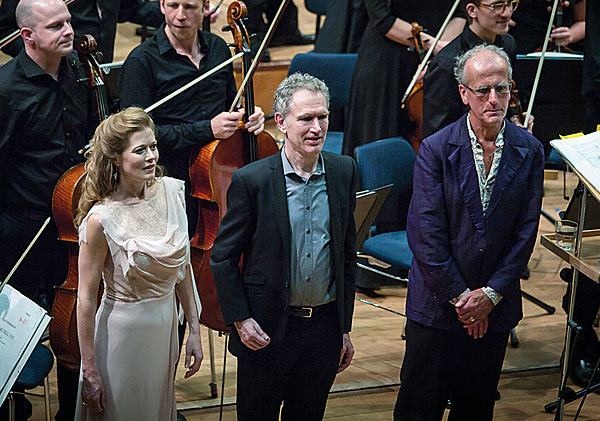
The uncanny purity and unsettling eroticism of Hannigan's singing has made her something of a latterday muse for Abrahamsen, but formative early works such as a set of ten Preludes for string quartet (1973) show there was always more to his music than initially meets the ear.
The tag of 'New Simplicity' never suited a composer whose musical thinking is instinctively Romantic, finding itself at home in the same fantasy worlds as Robert Schumann with resonantly titled pieces such as the orchestral Nacht und Trompeten, a magical Märchenbilder cycle for small ensemble, both from the 1980s, and more recently a Horn Concerto which celebrates the most Romantic of orchestral instruments. As well as Bach, he has arranged and reorchestrated music by Schumann, Debussy, Nielsen and Ligeti, all of whose voices can be heard within his own.
Key Decision
Experienced once, none of these pieces ever really leaves the mind of a sympathetic listener, even when the details take much closer listening to pin down. One reason is his accommodation with familiar or 'found' materials: scales up and down, the satisfied sense of resolved tension, even the key of C major. Thus the pure, airborne harmonies of the Fourth Quartet's opening movement seem only a few steps away from the radical simplicity of the Baroque dance that concludes the First Quartet.
Subscribers to the Berlin Philharmonic's Digital Concert Hall may access the film of the Horn Concerto's premiere, as well as the first performance of Let Me Tell You – a historical event in itself – and interviews with the composer, Griffiths, Hannigan and other performers who have come to an intimate acquaintance with Abrahamsen's music. The DCH also hosts a Rattle-led account of the Four Pieces for Orchestra, which is more sensuously registered than the single CD recording.
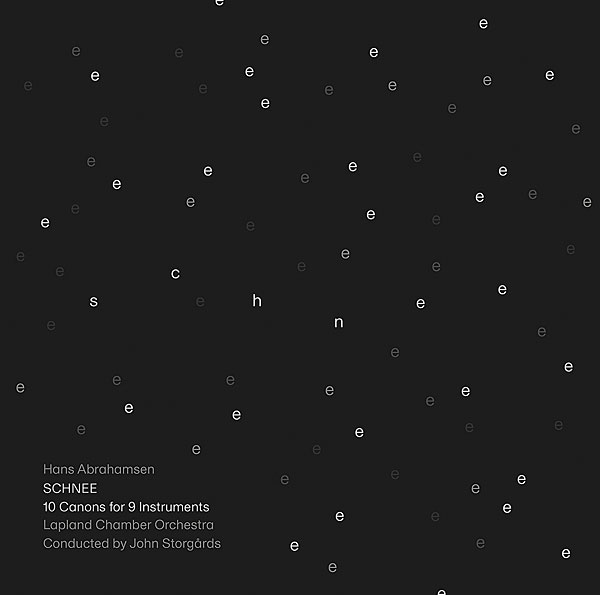
Elsewhere online, Rattle directs the remarkably atmospheric Double Concerto for violin and piano, ten years old now and urgently awaiting a recording. His music notably attracts conductors with a feeling for the early-20th-century masterpieces of orchestral texture: Debussy's Jeux, Stravinsky's Petrushka, Schoenberg's Five Pieces. From a century on, Abrahamsen increasingly seems to be one of their natural successors.
On The Edge Of Silence
Most of Abrahamsen's music from the last 20 years has been issued by the German label Winter & Winter (a coincidence surely enjoyed by the composer too), and so their albums dominate the list of Essential Recordings [see below], along with the Danish-based Dacapo label. Abrahamsen composes as painstakingly as ever, but now to commissions from the world's great orchestras, with an attendant rise in the quality of performances.
The most recent premiere took place in December 2021, of a piece with the characteristic title of Vers le Silence, written for the Cleveland Orchestra while the world really did fall silent during lockdowns. 'A single moment is stretched as far as possible', explains the composer of Schnee, but he could be referring to many of the other pieces discussed in these pages. 'At some point, the music disappears. There is just a breath of air left.'
Essential Recordings
Schnee
Lapland CO/Storgårds
Dacapo 6220585
Brand new, more spaciously recorded than Ensemble Recherche on Winter & Winter.
Let Me Tell You
Hannigan, BRSO/Nelsons
Winter & Winter 9102322 (CD), 9172321 (LP)
A superbly detailed live recording: the LP cut requires a high output and quiet system.
String Quartets Nos 1-4
Arditti Quartet
Winter & Winter 9102422
A summary of the composer's quartet writing which is presented here in reverse.
The Snow Queen
Bavarian State Opera/Meister
BSO Recordings BSOREC2002 (Blu-ray/DVD)
Abrahamsen's long-awaited opera in its premiere staging: magical musical realism.
Walden, etc
Calefax Wind Quintet
Winter & Winter 9102422
The lofty, naive and sublime as translated by Abrahamsen into pieces for winds.
Piano Concerto, etc
Abildskov, DRSO/Volkov
Da Capo 8226010
Definitive accounts of Abrahamsen's piano output at the hands of his wife.


